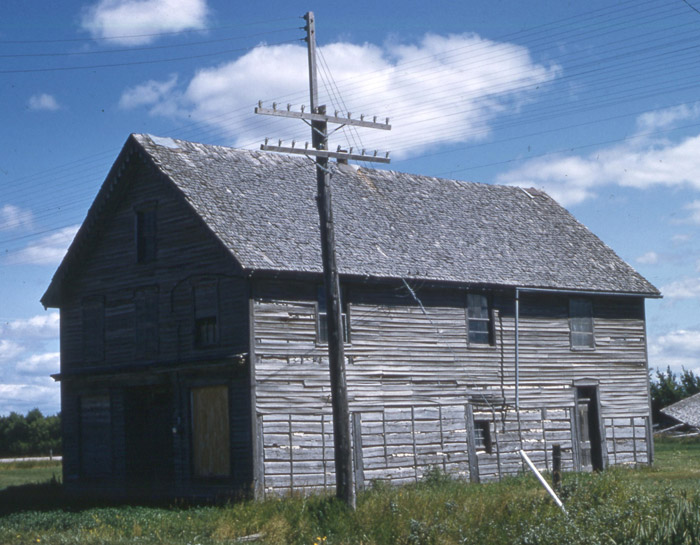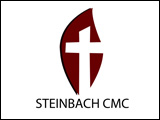John A. Macdonald, having brought Manitoba into Confederation in 1870, quelled the Red River Rebellion, and signed the Stone Fort Treaty (Treaty Number 1) in August 1871, which pushed the First Nations onto reserves, found himself in a dilemma. It had been the hue and cry of outrage from Ontario which led to the formation of a military expedition from Toronto to oversee the transfer of power in the new province of Manitoba. The force, consisting of British Regular and Canadian Irregular soldiers, was led by Colonial Garnet J. Wolseley.
The expeditionary force reinforced the claim of Canadian sovereignty over the Red River settlement and, with the support of the British, demonstrated to American interests that Canada would assert control over its new territory. And yet a few American settlers, with their vision of Manifest Destiny, continued to move northward into Canadian territory. In response, the Federal Government passed the Dominion Lands Act of 1872, to encourage settlement of Western Canada.
When Dominion of Canada surveyor Thomas Cheesman was laying out Township 7-6E (just north of current-day Steinbach) in 1872, he came across three cabins already in the bushlands. These belonged to three squatters – John Mack (credited as being the first settler in the Clear Springs district), John Jamieson, and Thomas Rankin. These early settlers had arrived four or five years prior to the Mennonites’ arrival in 1874.
Some Clear Springs settlers, like the Mack family, had come to the area independently, via the American route from Ontario to Moorehead. Demobilized members of the Wolseley expedition received homesteads as Military Bounty Grants. Some, like John Jamieson, who had previously worked for the Hudson Bay Company, filed for a homestead after 1872. By 1874, when the Mennonites arrived in the East Reserve, there already were twenty-three farms occupying quarter sections of land as per the Dominion Lands Act of 1872.
Mennonites had first encountered the Clear Spring Settlers in 1873 when scouting out the proposed East Reserve. In June of 1873, the 12 delegates (Heinrich Wiebe, Cornelius Buhr, Jacob Peters from the Bergthal Colony, Paul and Lohrenz Tschetter from the Hutterite Brethren, David Klassen and Cornelius Toews from the Kleine Gemeinde, Leonard Sudermann of Berdiansk, Jacob Buller, Tobias Unruh, Andreas Schag from Volhynia, and William Ewert representing the Prussian Mennonites) were joined by Jacob Shantz, H.M. Miller of New York, immigration agent William Hespeler, J.B. Power of the Northern Pacific Railway, George Chapman, and John F. Funk, an Old Mennonite from the United States, along with Métis cart and wagon drivers.
It was a rainy day on Wednesday, June 18, 1873, when the group left for Pointe des Chênes (current-day Ste. Anne) through the mud. When they arrived late in the day, they were refused lodging by the government clerks but the Hudson Bay Company offered that they stay in the store which was under construction. On Thursday morning, they left to tour the East Reserve itself. Some of the men complained about the mud and the swarms of mosquitoes. Six of the delegates had such a negative impression of Manitoba that, when the time came to tour an area west of Winnipeg, they instead left to examine lands in the United States.
Some of the other delegates had a different impression, especially when they met settlers in the Clear Springs settlement. Bertha Mack, one of the settler women, spoke German which allowed the delegates to learn more about the area. They were very pleased with the hospitality provided to them.
Later, when they visited Portage La Prairie, they found further evidence that farming was possible on the prairies beyond the rivers and streams.
When the Mennonite immigrants started arriving in 1874, Clear Springs settlers provided assistance in building homes and getting established. Cooperation between the two groups continued, especially during harvest. The Clear Springs settlers introduced the Mennonites to modern farming techniques and equipment such as steam engines and threshing machines.
The Clear Springs settlement grew to as many as 40 families. They built a school, a church, and a cemetery in 1879. They were the first to sell surplus wheat in Winnipeg. In the 1890s, a community sprung up around the railway stop known as “Steinbach Station”, later named Giroux. In these early days, this was a key link for the Mennonites, Métis, and French settlers in the area.
As Mennonite entrepreneurs opened stores in nearby Steinbach, it was easier for the Clear Springs settlers to shop there than to travel to Ste. Anne’s Hudson Bay Company store or to Winnipeg. Over time, the Clear Springs settlement’s population declined, with some settlers moving elsewhere. Their land was purchased by the growing Mennonite population.
In the following decades, individuals from both communities got together in school, recreation and community, and several inter-marriages occurred.
For additional information, read Glen R. Klassen’s Preservings article about the Clear Springs settlers (Two Generations, Preservings, 20, p. 17).




